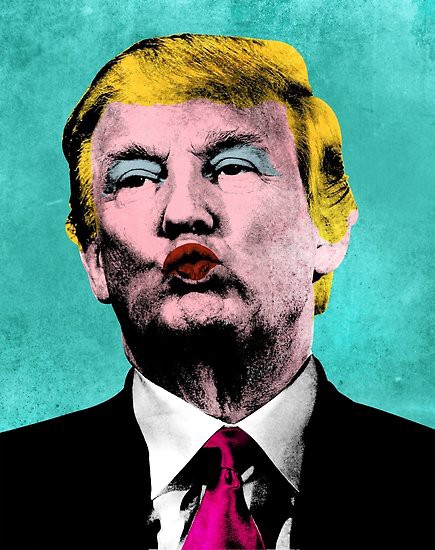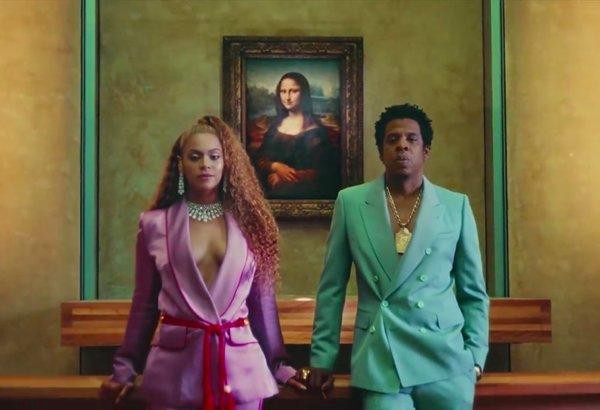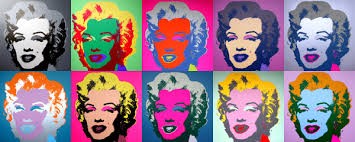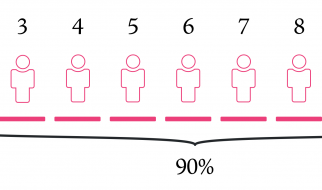
Walter Benjamin?s essay ?The Work of Art in the Age of Mechanical Reproduction? begins by calling into question the notion of art, linking the construction of its meaning and value with that of the historical conditions of its production, distribution, and reception.
Benjamin cites the rise of mechanical reproducibility as a transformative force in establishing the meaning of art in his particular epoch, and discusses the political stakes of such a shift.
For Benjamin, The aura is the temporal location or embeddneness of a thing in a specific time and space. ?The uniqueness of a work of art is inseparable from its being imbedded in the fabric of tradition.?

A work of art is given authority, conferred authenticity and deemed original through the historical contextualization provided for it within the space of sacred houses of such knowledge, such as museums. The aura is a property of distance from the observer which necessitated its being actively pursued via contemplation, yet precludes its ever being fully understood. Thus, the sublime aura gains authority by virtue of the transcendental realm it claims to represent.
For Benjamin, the mystifying aura is freighted with religious connotations. It derives its force from ritual and ceremony, elaborate circumscription and arcane knowledge. Prior to the advent of methods of mass reproduction, a work of art was a unique object or performance that could not be experienced except by audience members willing to make a pilgrimage to the artwork?s location.
These rituals of pilgrimage and contemplation were a form of worship that acknowledged the artwork?s cult value, and the unique communion between the artwork and the artist led to the elevation of the latter to the status of genius. Due to its cult value, a product of its unique existence, the art object had value in and of itself.
Benjamin argues that the work of art under mechanical reproduction shatters the aura by way of eliminating these substantiating traditions as it is inherently defined by a plurality of copies.

Art forms such as film and photography exist purely in the realm of reproduction, so that an original artwork is indistinguishable from its copies and any authenticity that it claims is arbitrary and illegitimate. Mass distributed artistic reproductions are incorporated into the personal contexts of their observers, meeting ?the beholder or listener in his own particular situation,? instead of retaining their distance, their aura.
The value of art is now determined by an increasingly wide array of modern spectators and taken outside of the traditional storehouse of meaning and context; the museum. Increasingly, art is designed with reproducibility in mind, a shift that lends itself to more politicized forms of artwork that anticipate a multiple address. Removed of their cult value, reproduced art images are appreciable for their exhibition value only, for the way in which they seek out and influence their audience.
Aura is both diminished and expanded to be part of a wider trend of consumer culture and a something perceived about, rather than inherent to, an object or person.

